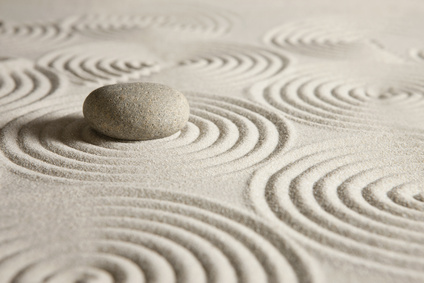Dogen's Meditation Instructions
Dogen (1200-1253), founder of the Soto (Chinese: Ts'ao-tung)
school of Zen, traveled to China in 1223 and studied with Ju-ching,
a Chinese Ch'an master. One day during meditation
practice, another monk fell asleep, and Ju-ching woke
him up, admonishing him to practice meditation diligently in order to
"drop off body and mind" (Japanese: shinjin datsuraku), an
idea that became a cornerstone of Dogen's system of
meditative practice. The following passage contains instructions on meditation
practice(zazen), which
in Dogen's system is based on the experience of
"not thinking"
(hishiryo).
In the state of not thinking, a meditator moves beyond discursive and dichotomizing thought (shiryo),
transcends the tendency to stop ordinary thought by suppressing it (fushiryo), and
thus enters into a spontaneous awareness of reality in which thoughts flow
along of their own accord. In this state of spontaneous mindfulness, the meditator experiences his or her own "buddha
nature," an inherent propensity toward enlightenment that is shared by all
beings.
Once you have settled your posture, you should regulate your
breathing. Whenever a thought occurs, be aware of it; as soon as you are aware
of it, it will vanish. If you remain for a long period forgetful of objects,
you will naturally become unified. This is the essential art of zazen. Zazen is the
dharma gate of great ease and joy....
Having thus
regulated body and mind, take a breath and exhale fully. Sitting fixedly, think
of not thinking. How do you think of not thinking? Nonthinking.
This is the art of zazen. Zazen is not
the practice of dhyana [meditation]. it is the dharma gate of great ease and joy. It is undefiled
practice and verification.
Return to Buddhist Background Reading

